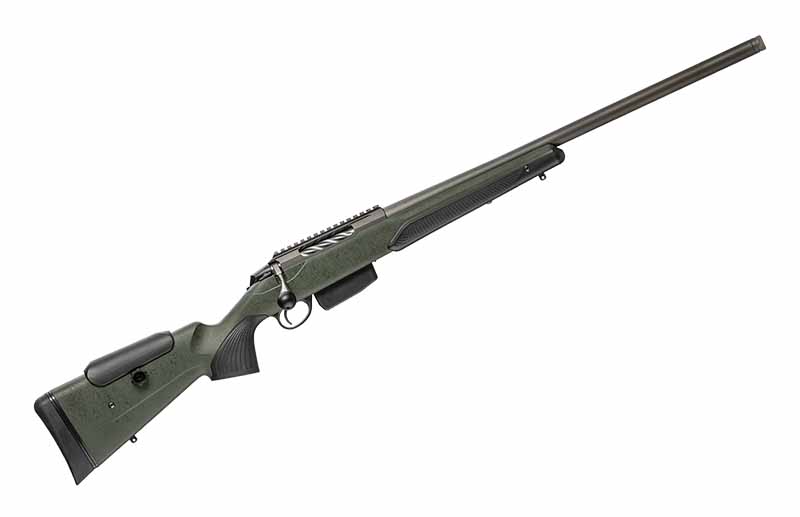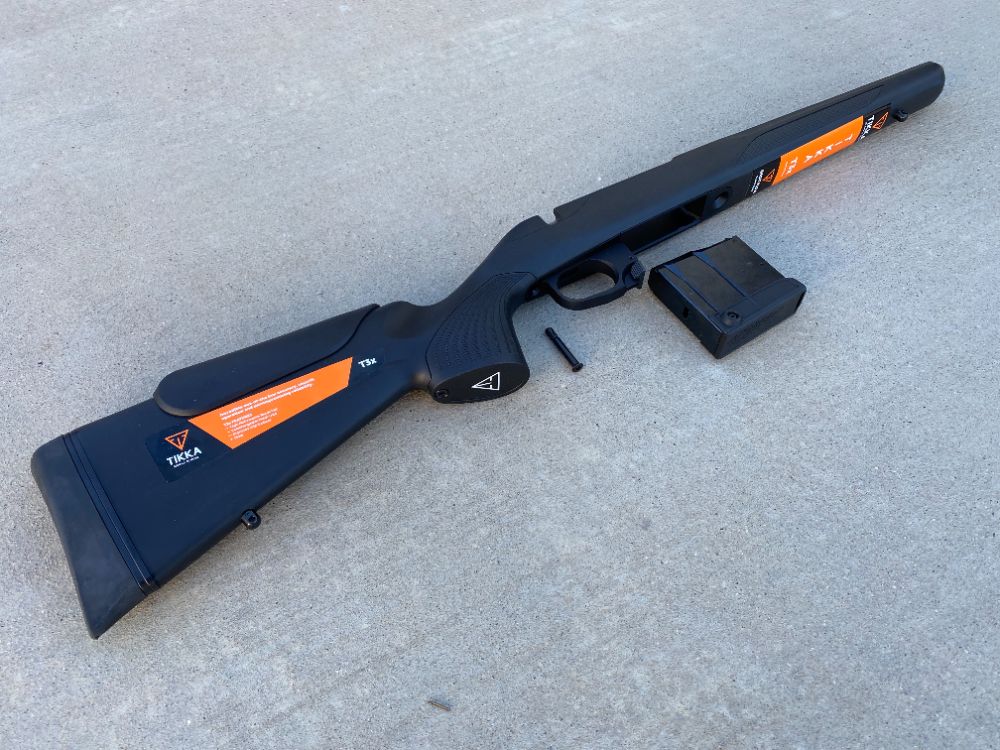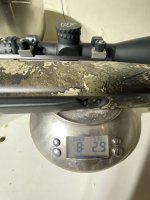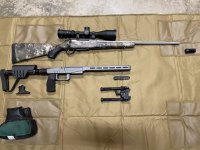That makes sense. It seems like there would be a few parameters to consider including the steel hardness, thread pitch, tolerances of the different mating surfaces on the barrel and can adapter, torque applied, etc. so I would just be skeptical of a 0.1” rule that applied in all cases.
Btw thanks for sharing the diameter measurements at different barrel lengths.
If anybody has a ctr, varmint, or supervarmint I would love the same type of measurements. Pick your measurement units and we can convert from there. That's what I did.
Steel hardness for barrels. Basically everybody is the same. You don't want too hard.
Thread pitch there's not too big of a difference. All gun threads are generally of unef (unified national extra fine) threads or the metric equivalent not the coarse or fine variants. 1/4-20, 1/2-13, and 5/8-11 are the ones you generally find in hardware stores and they are all unc.
For tolerances of mating surfaces (more of clearances for this purpose) everybody reputable that states what thread fit they use use class 3. Class 3 is the tightest fitting. Class 1 are rarely used and class 2 is everything out of the hardware store and 90% of all threads. I've machined threads for oil and gas and aerospace. Of the ones I've machined 75% of oil and gas and 100% of threads for aerospace are class 3. All firearm muzzles should be class 3. Suppressor manufacturers make to class 3.
There is a reason why certain people are better for threads. IMO there are 4 proper ways to measure external threads. Threading til the matching item goes is not correct. That was the response from a local gunsmith.
Thread wires. Have to use specific size wires for different thread counts. Works but fiddly.
Pitch micrometer. A 0-1" mitutoyo pitch micrometer is upwards of $425 +$72 for each anvil pair (need at least 2 anvil pairs to measure muzzle threads).
Go no go gages. ~$400 for each individual thread.
Or the crazy expensive way of checking with an optical comparator. Upwards of thousands of dollars. Can't be checked on the machine though.
At work we use pitch mic (for pitch size) , go no go, and optical comparator (root radius and minor diameter). Go no go most important.
Torque applied for suppressors can vary and doesn't matter as much. As long as it makes up it works. The bigger the shoulder the less it matters I think.
Most profiles for long range type shooting don't have to worry about shoulder.
The incredible surge in the popularity of suppressors makes a threaded muzzle virtually standard equipment on today's precision rifle. LRI is well equipped for this extremely popular upgrade. With our resources and experience, your device will attach trouble-free every time. Muzzle threads for...
www.longriflesinc.com
"For heavier varmint/tactical type barrel contours these values [the +.100"] are essentially meaningless because the barrels are already significantly larger."
"When using a Bartlein #3 contour sporter barrel as an example, the following would apply for approximate barrel lengths that meet the +.100" rule:
1/2-28 = 26" max finish length
9/16-24 = 24.25" max finish length
5/8-24 = 18" max finish length
M18x1 = Cannot be used as the barrel will be shorter than the 16" minimum required by law for a non SBR type rifle."
















